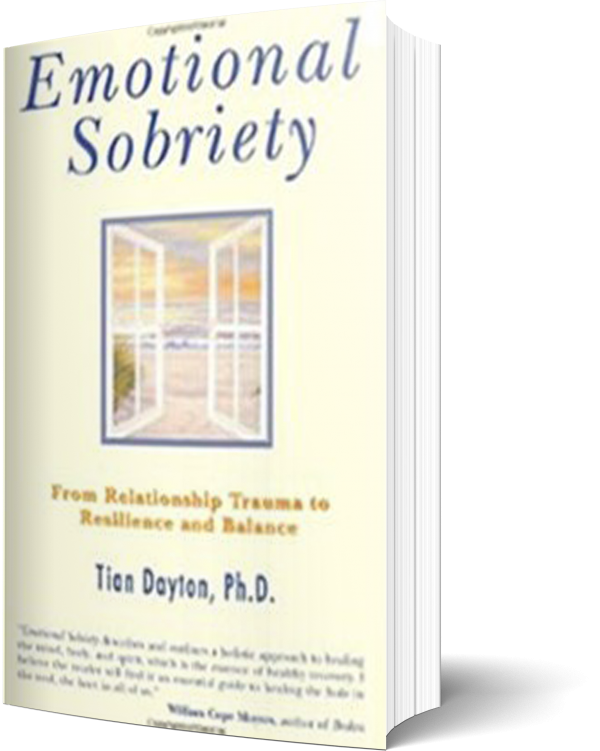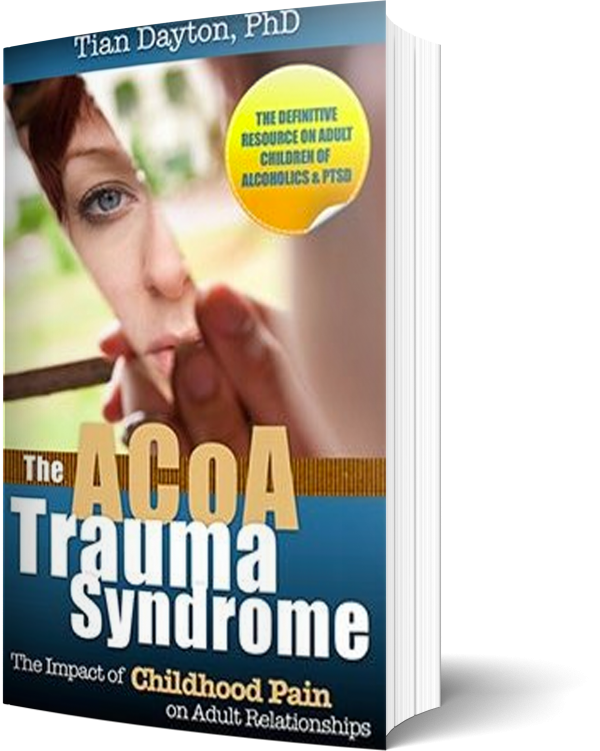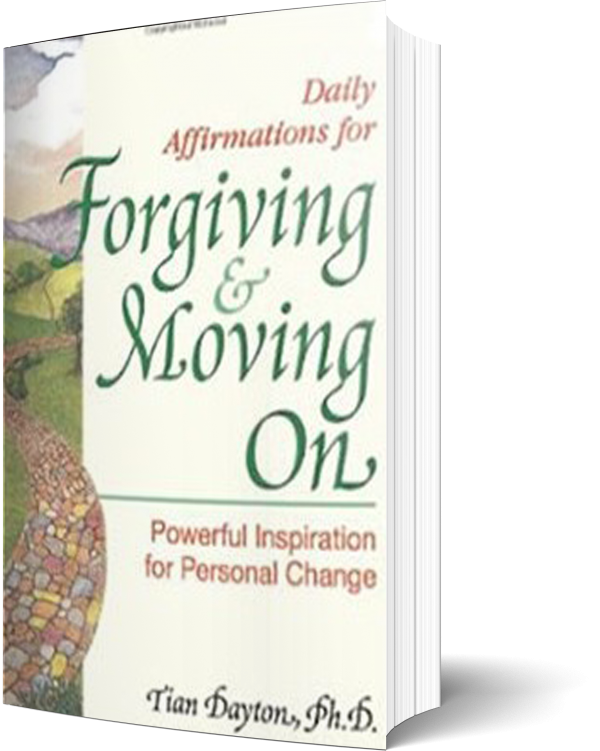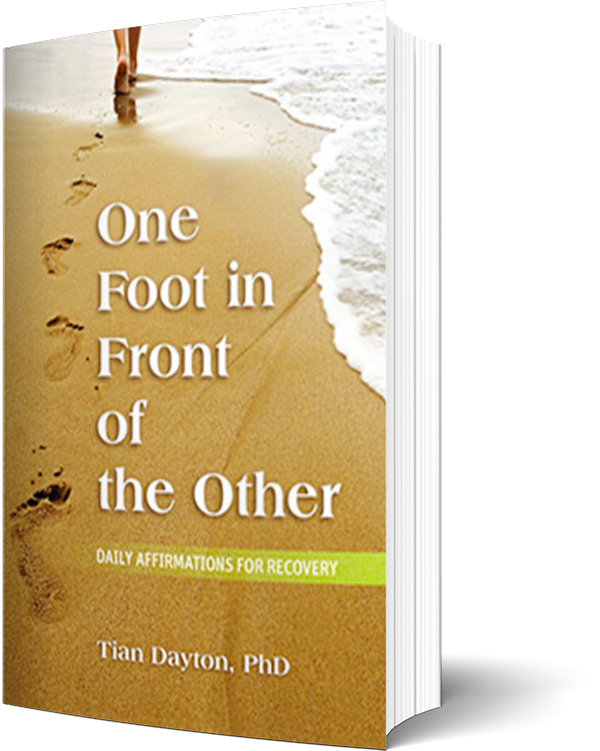We are constantly anticipating and tracking each other. Through the discovery of mirror neurons, we are able to understand why and how this occurs from the biological point of view. “Mirror neurons,” according to Daniel Goleman in Friends for Life: An Emerging Biology of Emotional Healing , track the emotional flow, movement and even intentions of the person we are with, and replicate this sensed state in our own brain by stirring in our brain the same areas active in the other person. Mirror neurons offer a neural mechanism that explains emotional contagion, the tendency of one person to catch the feelings of another, particularly if strongly expressed. This brain-to-brain link may also account for feelings of rapport, which research finds depend in part on extremely rapid synchronization of people’s posture, vocal pacing and movements as they interact. In short, these brain cells seem to allow the interpersonal orchestration of shifts in physiology.”
Understanding that emotions, particularly strong ones that are felt by one person are also anticipated, tracked and felt by those close to them, helps us to wrap our minds around why those we live with have such an impact on both our minds and our bodies. Why, when there is pain or tension or anger in the room, our gut tightens up or why we can’t keep a straight face when someone we love is laughing.
When our environment is chaotic or fear inducing we may have a hard time separating ourselves emotionally from what is going on around us. We become part of the chaos internally, so to speak. If the emotional climate is overwhelming, we may have trouble “staying in our bodies”, we get overwhelmed with intense emotion. When we cannot remove ourselves from what is frightening us nor fight it off, we may have to rely on more primitive forms of self protection; our animal brain takes over so to speak. If we cannot act on our own behalf and keep ourselves safe by running away or fighting back, which is often the case with children, we may freeze in place, as a form of self protection. Why do we freeze? We freeze because we’re scared, because something is overwhelming us. And what happens when we freeze? When we freeze we don’t process what’s going on the way we do normally. We experience an altered state of consciousness during which our normal sense of a situation can become altered. Time may even be slowed down or feel fragmented. Our senses go on high alert while the thinking part of our brain shuts down.
Remember, emotion came before thinking evolutionarily speaking. We have all the instincts of an animal when we’re scared but the part of the brain that can think about the situation rationally shuts down in moments of threat. The cortex, which is where thinking, reasoning and long-range planning take place, was developed later in human evolution. The two systems were developed thousands of years apart and can operate somewhat independently. That’s why when we’re “scared stiff” or “struck dumb” the content of the experience that would normally get thought through and processed may get more or less flash frozen or thrown out of consciousness instead. It gets stored as a frozen sense memory (read: body memory) with little reason or understanding attached to it. These painful memories may not get processed, understood and placed into the overall context of our lives. They may become banished from consciousness by one of the psychological defenses of dissociation or numbing. They may get “forgotten”. One of the problems with this way of processing is that we forget that we have forgotten.
But unfortunately, what we don’t know, can hurt us. What we can’t consciously feel, can still have great power over us. As children from families that contain high levels of emotional pain and stress, we may find ourselves moving into adult roles carrying unconscious or only partly conscious burdens, that we aren’t fully aware of, that interfere with our happiness. Unresolved pain from yesterday gets transferred onto the relationships and circumstances of today. And part of what gets us into trouble, is that our honest and genuine reactions to previous painful events may be unavailable to us, hidden even from ourselves. Consequently, we may be unable to trace our strong reactions to the circumstances in our lives today, to their origins from the past. In other words, we don’t know that we don’t know. We really think that our intense emotional reactions to circumstances in the present, belong entirely to the situation that is triggering them and we are unconscious of what might be driving them from underneath. Our over reactivity in the present goes unrecognized, that is, the person being triggered doesn’t connect today’s trigger with events from the past. They may get anxious, angry, go into a panic state or even a panic attack without any recognition of what from their past is getting triggered by their present. This is because key fragments of the original traumatic event have become inaccessible to ordinary remembering. Experience needs to be processed so that we can let it go. If a person goes into the instinctual trauma response the likelihood of developing PTSD symptoms is great. Often PTSD takes some months or even years to become full-blown which is why there is such a thing as a post traumatic stress reaction. Years after the stress is “over”, our body/mind is still holding onto it. If it occurred in the context of intimate relationships, intimate relationships may act as the trigger that cause unresolved fear, pain and resentment to reemerge. The same way that a soldier may over-react to a car back firing hearing it as if it is a gun shot, an adult who has been hurt, as a child, in parental relationships may over-react to the stress of emotional intimacy when they become an adult and reexperience the feelings of vulnerability and dependence that are a part of close connection. (form more on this subject see Dr. Dayton’s book Emotional Sobriety: From Relationship Trauma to Resilience and Balance).





